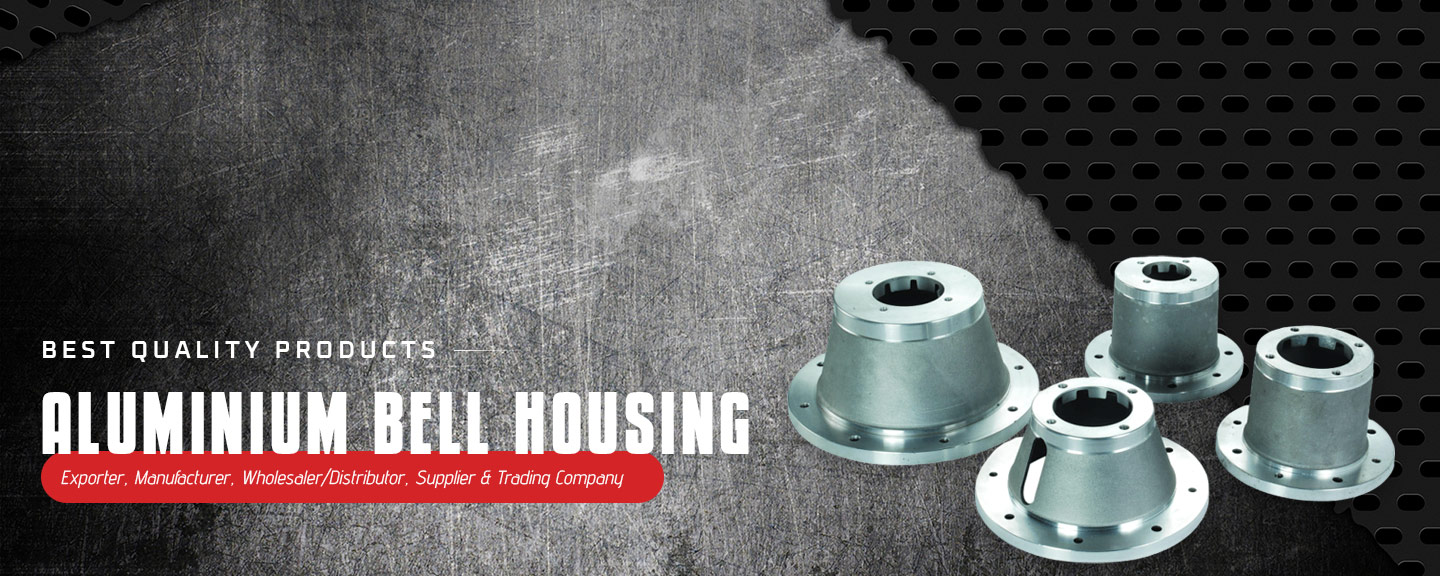

Hydraulic Manifold Block
1150 INR/Piece
Product Details:
- Color Silver
- Product Type Hydraulic Block
- Usage Industrial
- Body Material Stainless Steel
- Structure Spiral Type
- Force Hydraulic
- Warranty Yes
- Click to view more
X
Hydraulic Manifold Block Price And Quantity
- 1150 INR/Piece
- 100 Piece
Hydraulic Manifold Block Product Specifications
- Stainless Steel
- Hydraulic Block
- Hydraulic
- Silver
- Spiral Type
- Yes
- Industrial
Hydraulic Manifold Block Trade Information
- 7-10 Days
- All India
Product Description
A hydraulic manifold block, often referred to simply as a hydraulic manifold, is a component used in hydraulic systems to streamline the flow of hydraulic fluid between various components. It acts as a central distribution point for hydraulic fluid, allowing for efficient control and regulation of fluid flow in a hydraulic system.Uses of Hydraulic Manifold Block: 1. Mobile Equipment: Construction Machinery: Hydraulic manifold blocks are widely used in construction equipment such as excavators, bulldozers, and loaders to control hydraulic functions like boom movement, bucket operation, and steering. Agricultural Machinery: Tractors and other agricultural machinery often utilize hydraulic manifold blocks to control functions like lifting and lowering implements, steering, and hydraulic motors. 2. Industrial Machinery: Machine Tools: Hydraulic manifold blocks play a crucial role in machine tools, where they control the movement of hydraulic actuators for tasks such as cutting, shaping, and milling. Injection Molding Machines: These machines use hydraulic manifold blocks to control the movement of the injection unit, clamp, and other functions. 3. Automotive Systems: Automotive Braking Systems: Hydraulic manifold blocks are employed in anti-lock braking systems (ABS) and other automotive hydraulic systems to control brake pressure and ensure safe and effective braking. Power Steering Systems: Hydraulic manifold blocks are used in power steering systems to control the flow of hydraulic fluid for smooth and responsive steering. 4. Aerospace Applications: Aircraft Hydraulic Systems: Hydraulic manifold blocks are used in aircraft for functions such as landing gear operation, flap deployment, and control surface movement. 5. Oil and Gas Industry: Drilling Rigs: Hydraulic manifold blocks are utilized in drilling rigs to control the movement of various components, including the drill head and supporting structures. Offshore Platforms: Hydraulic systems on offshore platforms use manifold blocks to control various operations such as valve actuation and equipment positioning. 6. Material Handling Equipment: Conveyor Systems: Hydraulic manifold blocks can be found in conveyor systems to control the movement and positioning of conveyor belts and other components. Forklifts: Hydraulic systems in forklifts use manifold blocks to control the lifting and tilting of the forks. 7. Renewable Energy Systems: Hydraulic Power Generation: Some renewable energy systems, such as hydraulic turbines, use manifold blocks to regulate the flow of hydraulic fluid to generate power. 8. Marine Applications: Ship Steering Systems: Hydraulic manifold blocks are employed in ship steering systems to control the movement of rudders. Frequently Asked Questions (FAQs): Q. What is a hydraulic manifold block?Ans: A hydraulic manifold block is a component in hydraulic systems that serves as a central distribution point for hydraulic fluid. It helps control and regulate the flow of fluid between various components in the system.Q. Why are hydraulic manifold blocks used in hydraulic systems?Ans: Hydraulic manifold blocks are used to streamline the flow of hydraulic fluid, reduce the number of potential leak points, simplify system design, and allow for efficient control and regulation of hydraulic components.Q. What materials are hydraulic manifold blocks typically made from?Ans: Hydraulic manifold blocks are commonly made from materials such as aluminum and steel. The choice of material depends on factors like system pressure, fluid compatibility, and environmental conditions.Q. In what industries are hydraulic manifold blocks commonly used?Ans: Hydraulic manifold blocks find applications in various industries, including construction, agriculture, automotive, aerospace, oil and gas, material handling, renewable energy, and marine.Q. How are hydraulic valves integrated into manifold blocks?Ans: Hydraulic valves, such as control valves and relief valves, can be directly mounted onto manifold blocks. This integration simplifies hydraulic circuitry, reduces space requirements, and facilitates a more organized system.Q. What are the advantages of using hydraulic manifold blocks?Ans: Advantages include a reduction in potential leak points, simplified system design, improved reliability, efficient fluid control, and the ability to customize configurations based on specific system requirements.Q. Can hydraulic manifold blocks be customized for specific applications?Ans: Yes, hydraulic manifold blocks are often designed to be modular and customizable. Engineers can configure them with the necessary ports, channels, and drillings to meet the specific needs of a particular hydraulic system.Q. What types of circuits can be designed using hydraulic manifold blocks?Ans: Hydraulic manifold blocks can be used to create various circuit configurations, including parallel circuits, series circuits, and combinations of both, depending on the hydraulic system requirements.Q. How do hydraulic manifold blocks contribute to system efficiency?Ans: By consolidating multiple hydraulic connections into a single manifold block, the number of potential leak points is reduced. This enhances system reliability, improves performance, and simplifies maintenance.Q. Are there standard sizes for hydraulic manifold blocks?Ans: While there are common sizes, hydraulic manifold blocks can be designed in various sizes and configurations to meet the specific needs of different hydraulic systems.FAQs of Hydraulic Manifold Block:
Q: What type of force does the Hydraulic Manifold Block use?
A: The Hydraulic Manifold Block uses hydraulic force.Q: What material is the Hydraulic Manifold Block made of?
A: The Hydraulic Manifold Block is made of stainless steel.Q: What is the structure type of the Hydraulic Manifold Block?
A: The Hydraulic Manifold Block has a spiral type structure.Q: What is the typical usage of the Hydraulic Manifold Block?
A: The Hydraulic Manifold Block is primarily used in industrial applications.Q: Does the Hydraulic Manifold Block come with a warranty?
A: Yes, the Hydraulic Manifold Block comes with a warranty.Tell us about your requirement

Price:
Quantity
Select Unit
- 50
- 100
- 200
- 250
- 500
- 1000+
Additional detail
Mobile number
Email




 Call Me Free
Call Me Free
